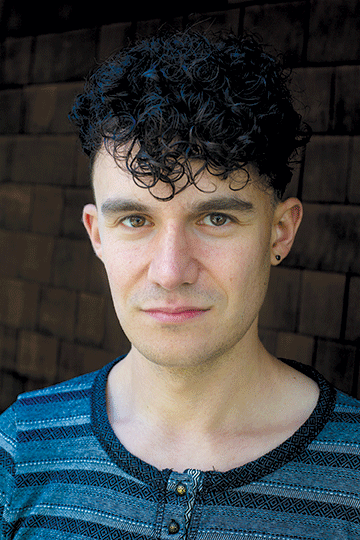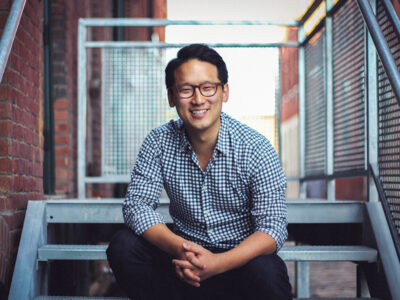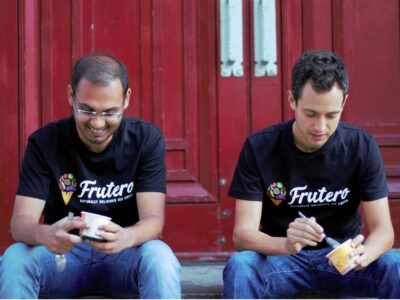A Wharton grad in the “humane tech” field hopes his app can help cure people of their smartphone addictions.

On the first day of his freshman year, Andrew Dunn W’12 bought a BlackBerry. Quickly, his shiny new device became an unhealthy obsession. He was on Facebook during every class. He stayed up late on dating apps. He would text and drive. “Smartphones and social media were getting in the way of every aspect of my life,” he says, “and really watering down my potential.”
It’s a familiar story, but Dunn’s has a happy twist.
First, he set out to help himself. A couple years out of Penn, while working in India, he completely disconnected for a period of time—even from WiFi. His creativity shot up, and everything suddenly became clearer. “I was like, ‘Whoa, I feel alive,’” he says. “And I knew I needed to figure out a better relationship with these devices—because they’re getting more out of me than I’m getting out of them.”
Next he set out to help others. After working in early-stage startups in fields ranging from nightlife to microinsurance to international logistics, Dunn felt trapped by the same kind of hyper-competitive culture he noticed at Wharton. He wanted to do something different, to find something more closely aligned with his values. So three years ago, he made the plunge into the digital wellness industry, joining a company called Siempo. “I was like, ‘OK, this is my last stand. If this doesn’t work out, I’m done. I’ll figure out something else to do with my life.’”
It stuck. A reinvigorated Dunn loved Siempo’s culture and mission, which he bills as “the first smartphone interface designed to protect and promote human thriving.” He started as operations manager and in 2017 became CEO. Today the free application—which offers features that include simpler homescreen icons and batched notifications, so you’re not lured to your phone every time someone likes your latest Facebook post—has been downloaded more than 50,000 times.
“We’ve gotten feedback from people thanking us for saving their life, for giving them their family back,” Dunn says, recalling a mother from Kansas writing him to say how many more hours she had to spend with her kids after the app made her phone less tempting. “When I first read that, I teared up,” he says. “I think that’s the coolest thing—the wellspring of benefits unlocked when someone converts six hours a day of mindless consumption into all of this freedom and clarity and presence with others.”
At the same time, Dunn notes that “in terms of mass adoption, most of the world just isn’t motivated to find a healthier smartphone experience,” which has presented some challenges for Siempo and other companies in a still-emergent “humane tech” space (dedicated to aligning technology to human needs rather than exploiting human vulnerabilities for profit).
Siempo’s evolution is proof of the struggle.
Originally, Dunn notes, the company built their own pared-down phones, jettisoning many smartphone features but offering a better camera and some cloud sync services. Then, it moved from hardware to software, designing an interface to put into existing Android handsets (which they had acquired) and then sell those as new devices. The next move was creating software that Android users can download from the Google Play store; that app launched last year to positive reviews. (Apple currently doesn’t allow Siempo or other third-party apps designed to limit screen time on its iOS platform.) More recently, Siempo became an “open-source project and a public benefit corporation,” meaning it can include “public good” as part of the company charter.
“Luckily, we have such a strong mission that we’re able to benefit from volunteers and people heavily reducing their rates for contract or employment,” says Dunn, adding he’s mostly self-funding the company with his stock in previous startups. In the future, he hopes Siempo can partner with organizations, universities, or influencers. “One thing I’m proud of is we’ve been able to stay flexible and resilient,” he says. “Siempo could have died several times.”
Dunn is pleased with what’s been accomplished over the last few years, and is cautiously optimistic that major companies like Apple and Google recently implemented screen time features, so people can track and mitigate their usage. But he believes a lot more still needs to be done so you can “use your tech, not the other way around,” as Siempo’s motto states.
“It can radically change someone’s life,” he says. “I mean, that’s what happened to me.” —DZ




